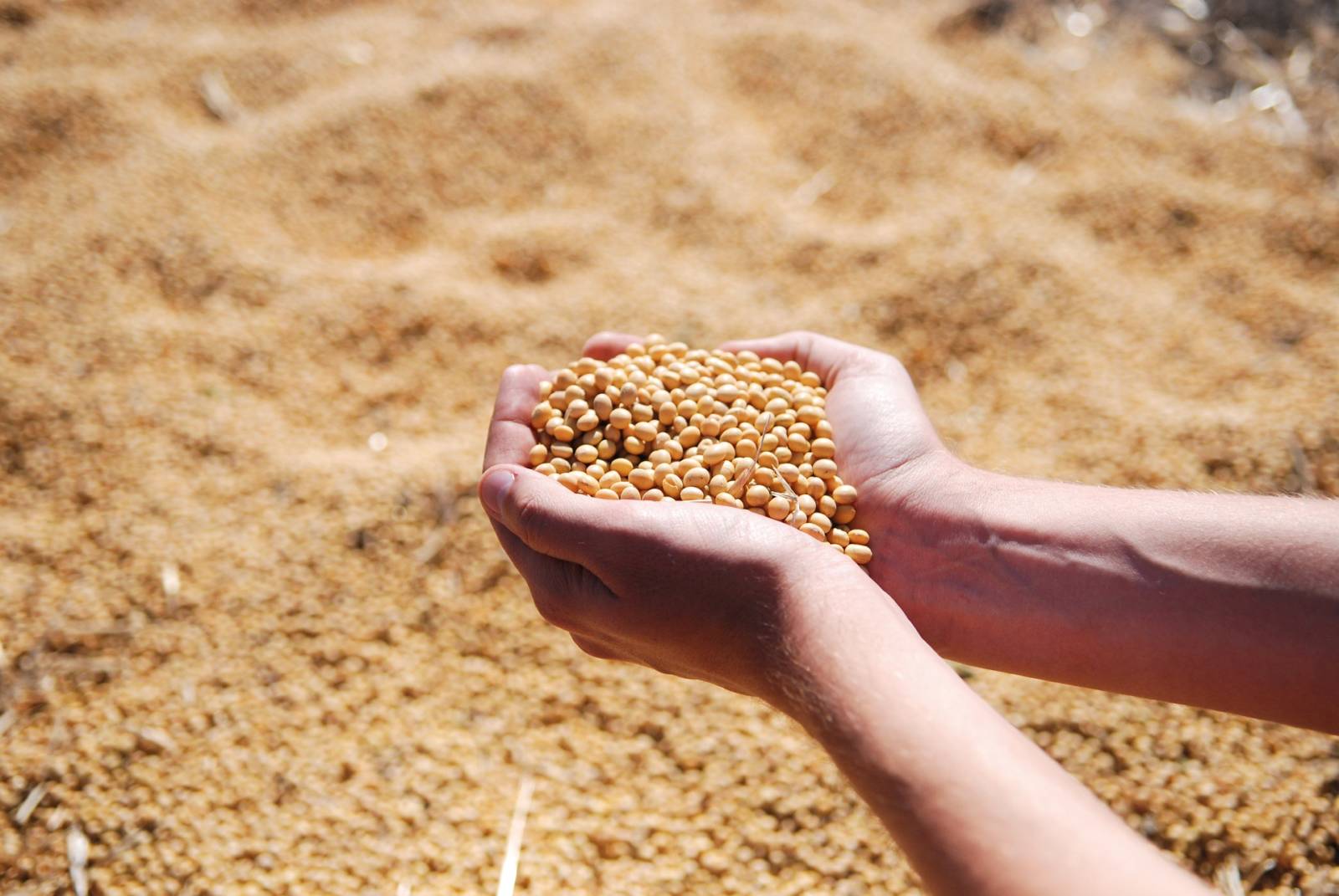During the U.S. Soy Connection: Global Digital Conference and Situation Report, a panel of representatives from all aspects of the soybean export supply chain described how the U.S. is continuing to deliver soybeans and soy products to customers despite the global impact of the COVID-19 virus.

The U.S. Export Capacity Update panel, featured on April 15, 2020, included five leaders familiar with exporting a wide variety of U.S. agricultural products. They agreed that the U.S. has the infrastructure and the plans in place to maintain the delivery of soybean products.
Soren Schroder, former CEO of Bunge Limited, focused on the reliability and innovation of U.S. agriculture. He noted that roughly half of the 150 million tons of global soybean consumption is traded across borders.

“This speaks to the importance of efficient and reliable logistics and strong and trusting relationships,” he says. “I’ve always considered the U.S. origin the most reliable source that could step in with surge capacity when needed.”
He said the U.S. can ship 3 million metric tons of soybeans a week during peak times.
“Disruptions can take many forms for crops such as the global crisis that we’re experiencing now,” Schroder continues. “The U.S. capacity runs on all coasts with highly efficient multi-modal interior logistic systems which ensure a continuous supply; this makes the U.S. export infrastructure very flexible. Both interior and export terminals are highly automated making them more resilient. In short, the U.S. supply chain can be relied upon like no other.”
John Buboltz, North American soybean processing manager for Cargill and USSEC director emphasized how soybeans continue moving despite the COVID-19 pandemic. He also explained the U.S. has maintained soybean crush, with oilseed processing plants operating at nearly full capacity as soybean meal and oil are efficiently moved to export and domestic markets.
“Growers continue to deliver grains and oilseeds to both oilseed processing facilities and our elevator system,” he said, referencing the local and regional storage system in the U.S. “Our elevator system continues to deliver, loading trucks, barges, and rail cars that feed our export assets. Transportation teams and carriers have insured safe delivery of products.”

The theme of reliable supply extends to specialty soy markets. Ken Dallmier, president of Clarkson Grain Company and USSEC director, explained the high quality and availability of specific soybean varieties contracted and grown for uses like soymilk and tofu in 2019.
“We continue to ship on schedule to our customers through east and west coast ports,” Dallmier said. “We have been very fortunate that the supply of shipping containers in our region has been adequate and our relationship with infrastructure companies remains very good. Any delays have been intermittent and very short with no material effect on arrival times at port.”
He highlighted sanitation and employee contact protocols to protect employees and their families while minimizing shipping disruptions.
“Most companies are located in areas of the country with low population density,” he added, “which greatly reduces exposure to the virus.”
Gary Nelson, executive director for the Port of Grays Harbor in Washington state in the U.S. Northwest, showed attendees ongoing export operations, including rail product arrival and soybean meal loading.

“In the midst of our challenges with the coronavirus, we continue to do our part in making sure customers are able to get high-quality soy meal products from the United States,” he said. “We work to make sure the logistics chain from Midwest soybean farms to the customer, arrive uninterrupted and with a quality product.”
Finally, Craig Pietig, senior director of exports for AG Processing, Inc. and USSEC director, reinforced efforts to minimize potential upcoming disruptions.
“We have to be prepared,” he explained. “Plants have reduced staff on hand at a time, spread them out, and are having them work from home as much as possible for proactive prevention of the spread of COVID-19. At the same time, crisis plans are in place in case an outbreak does occur at an elevator or crushing plant.”
He says executing those crisis plans would enable the soy supply chain to limit and adjust to disruptions in order to maintain product delivery.
The U.S. Export Capacity Update panel from the U.S. Soy Connection digital conference demonstrated the ability of U.S. Soy to not only meet demand during the novel coronavirus pandemic but to also continue to seamlessly maintain virtual connections worldwide.
